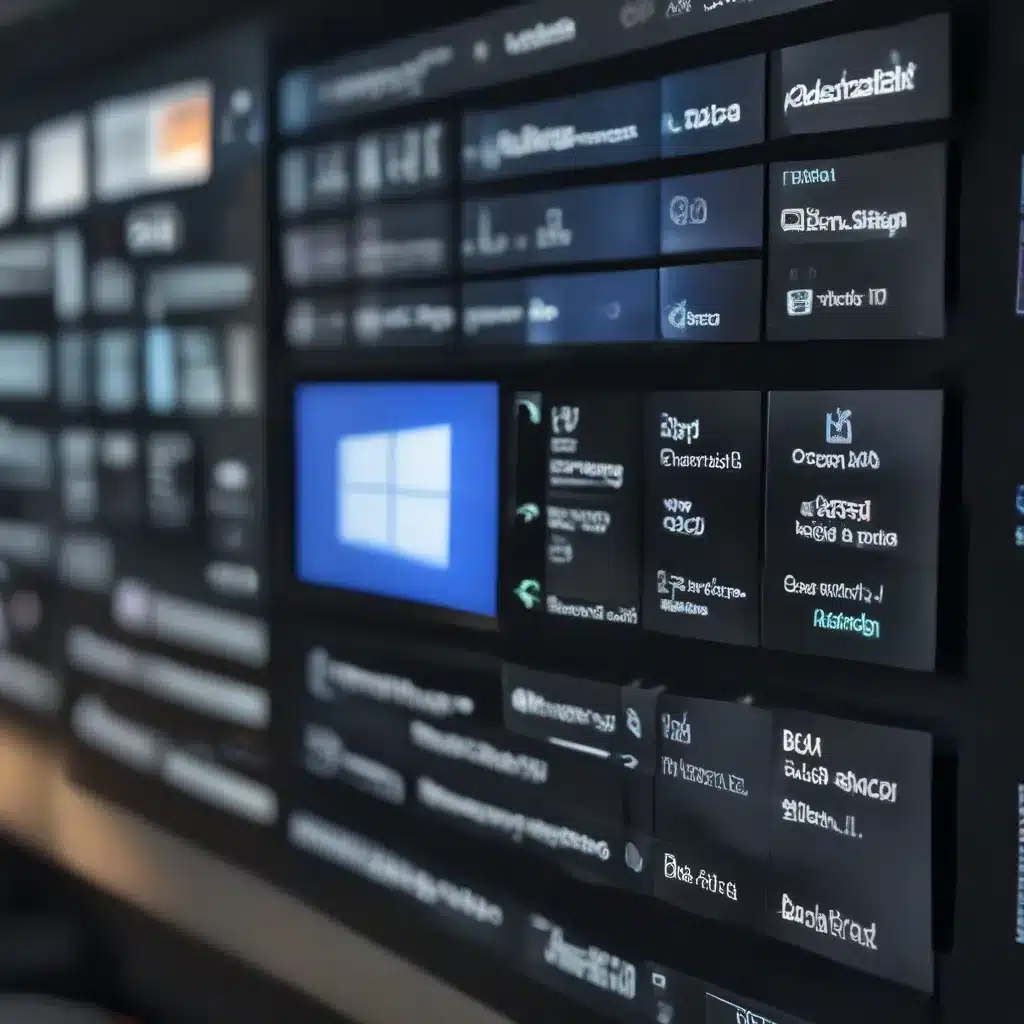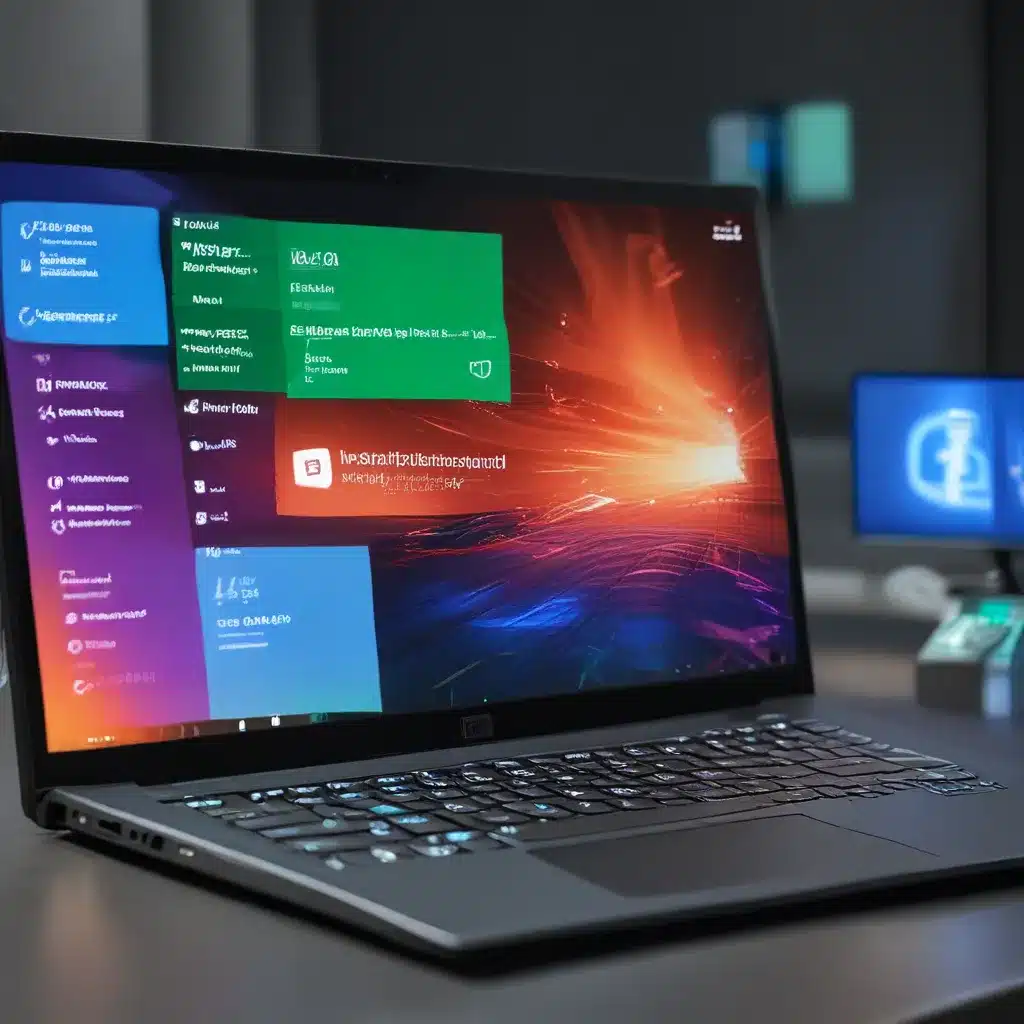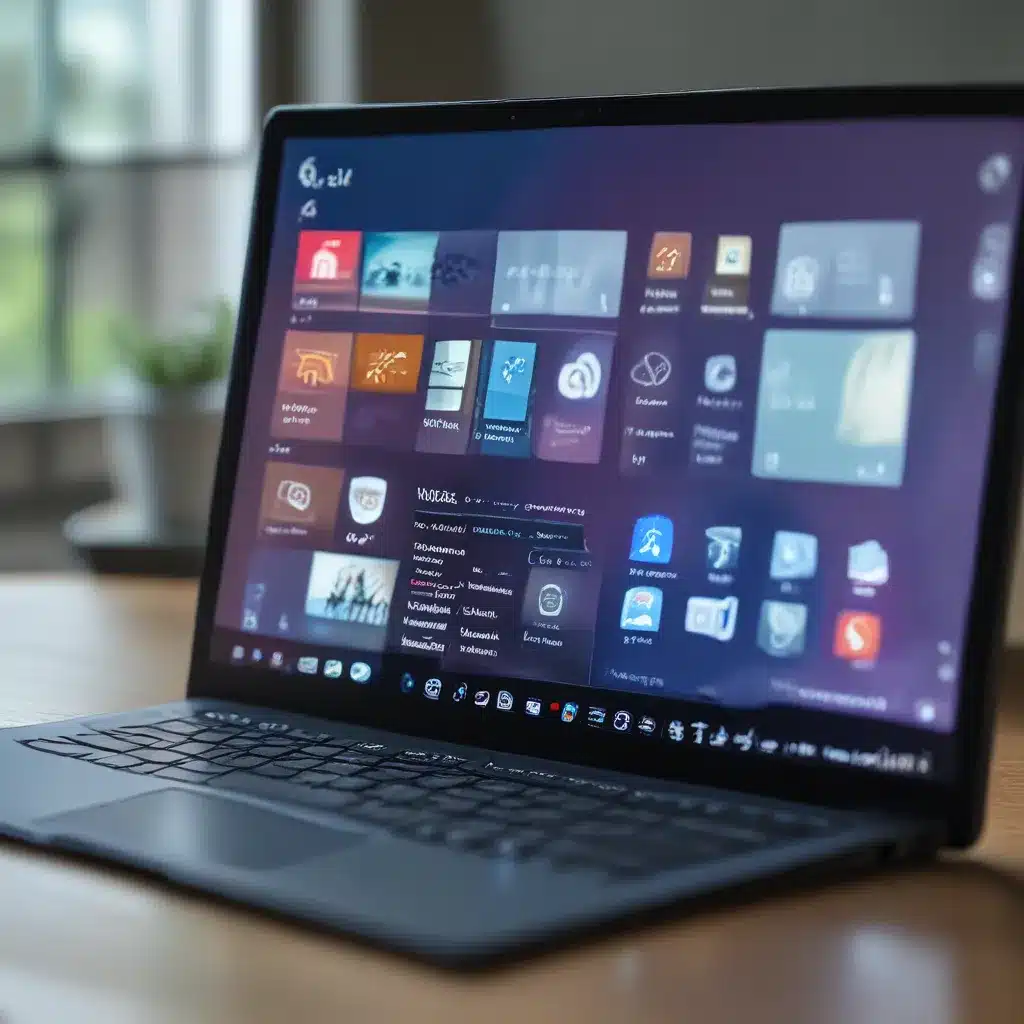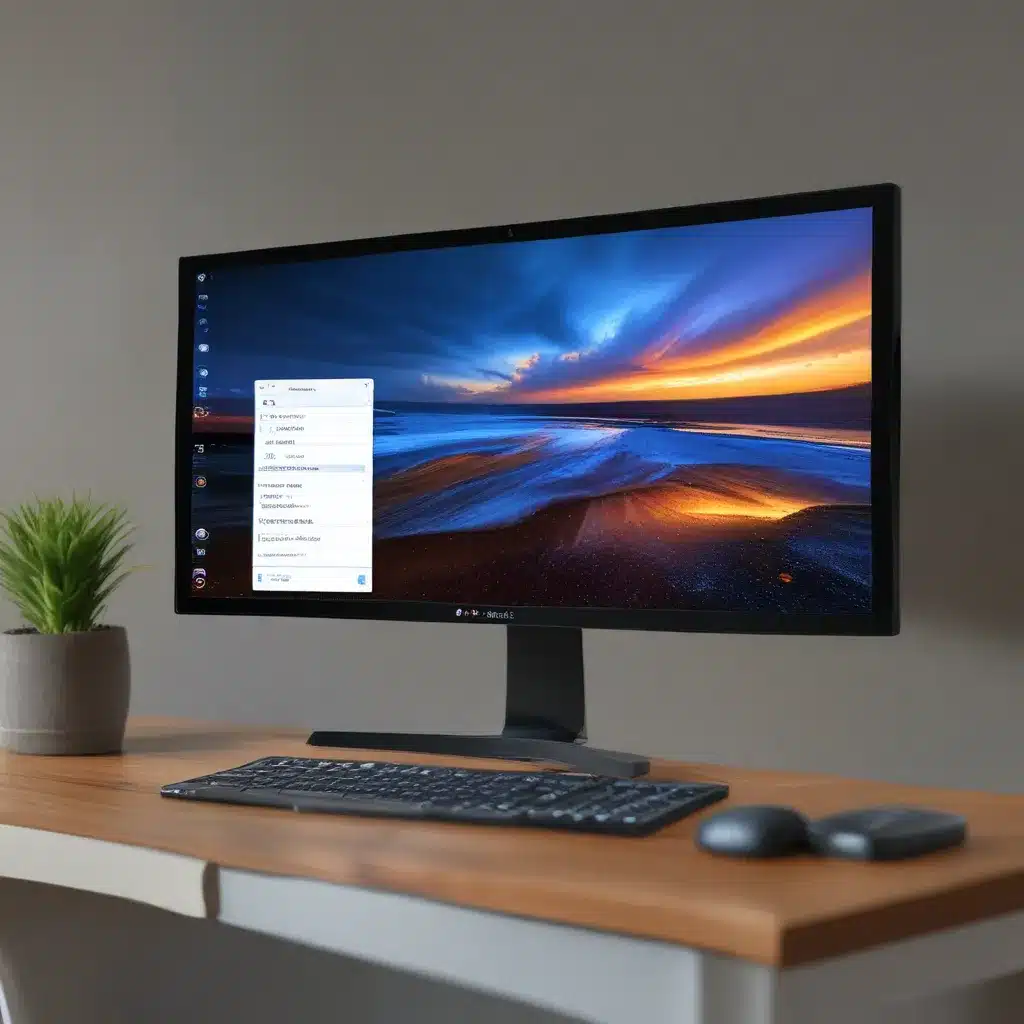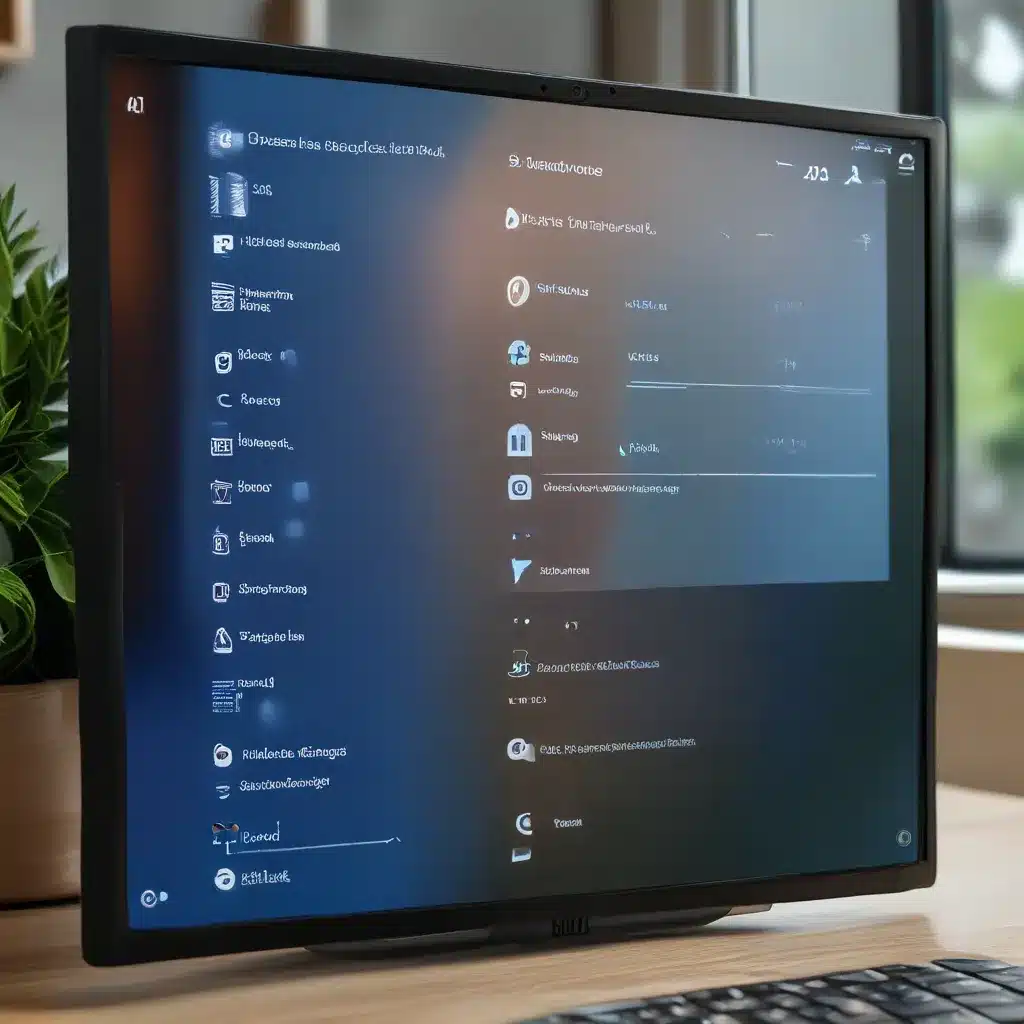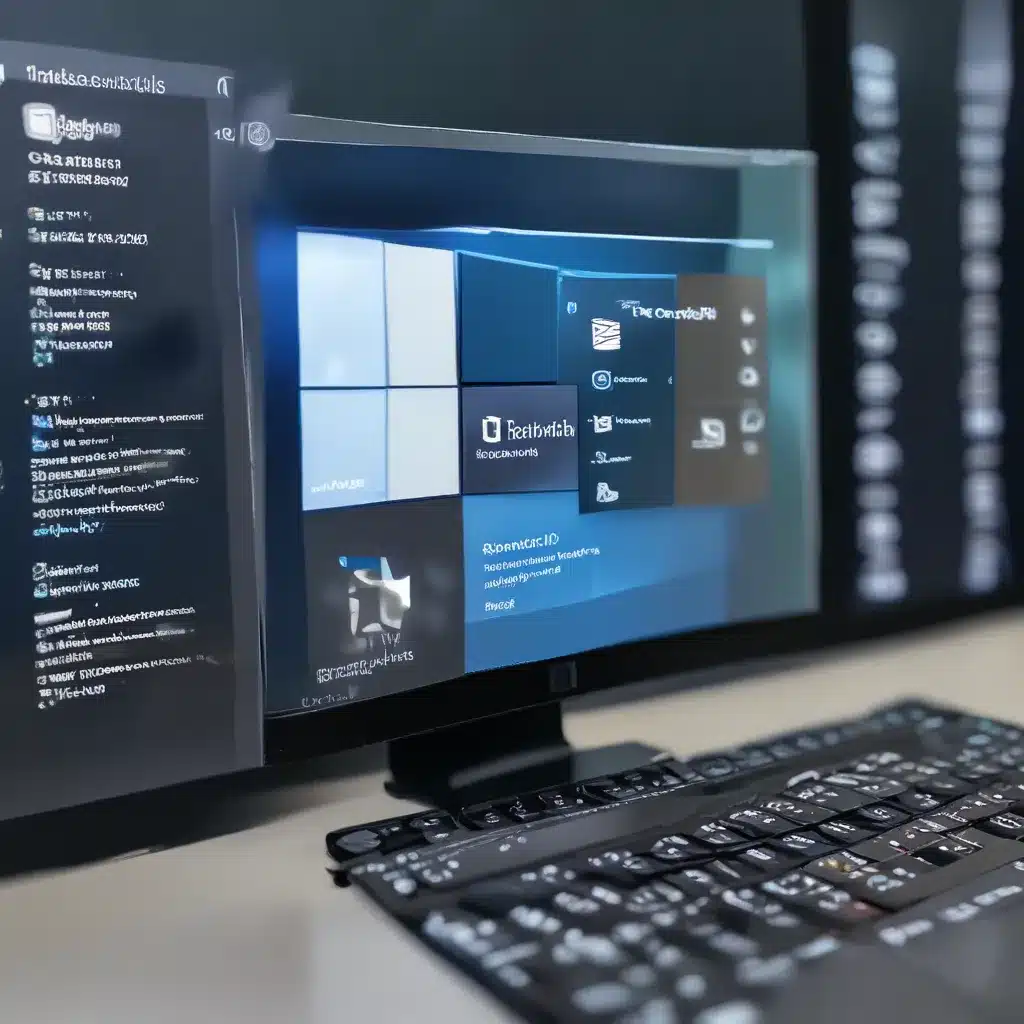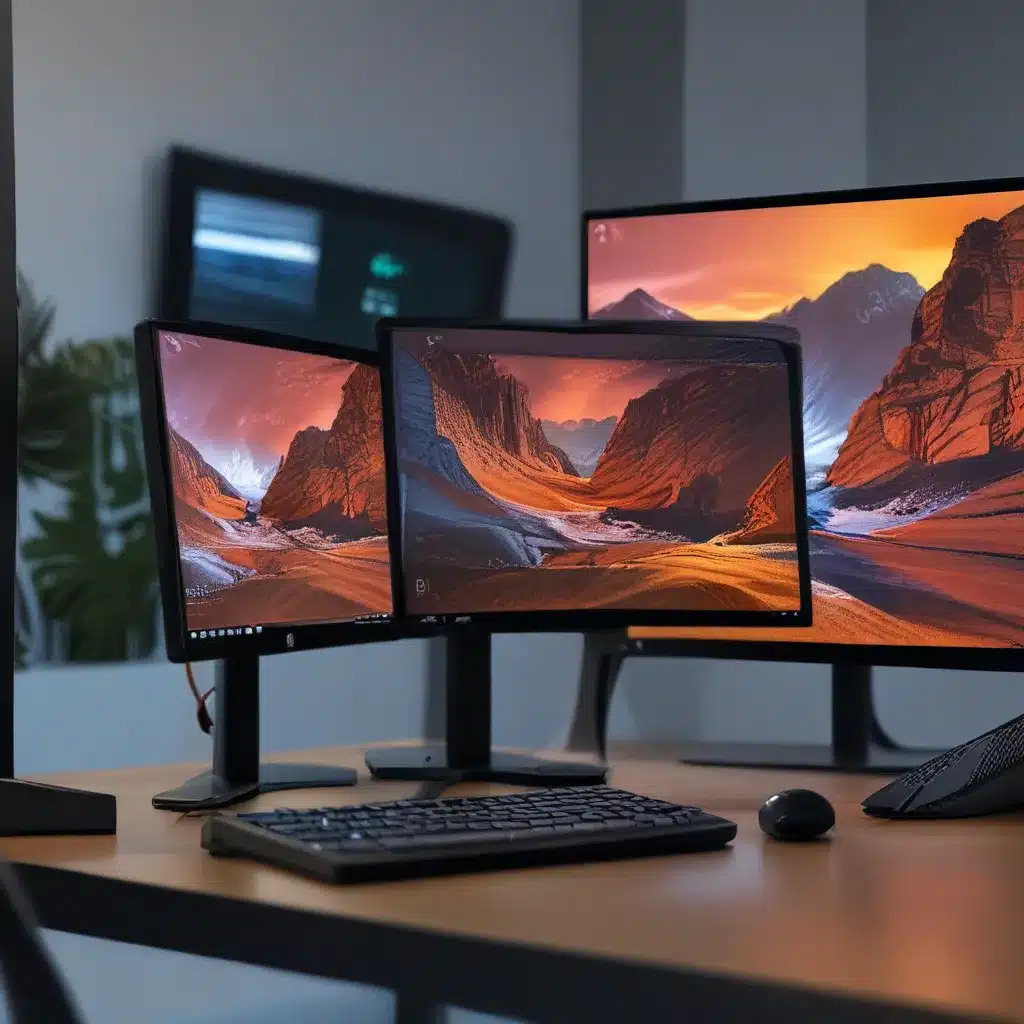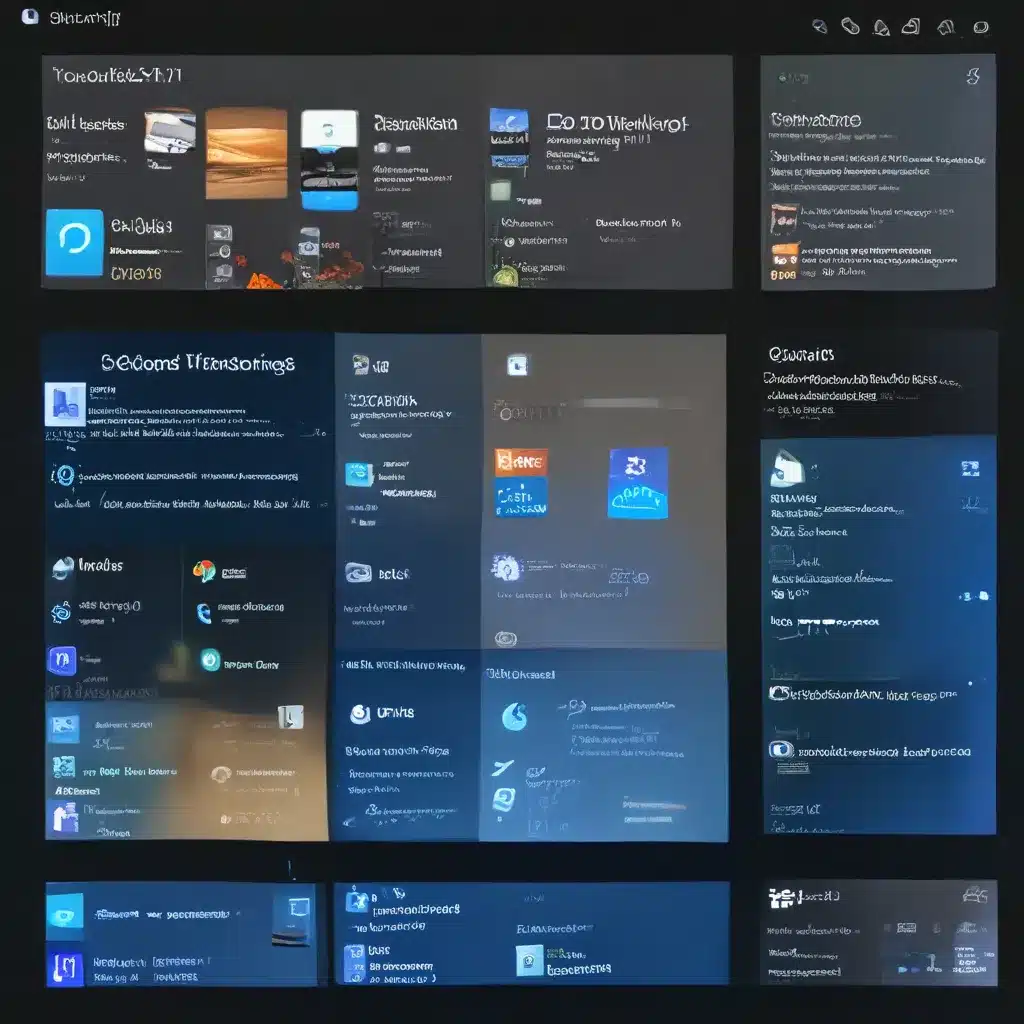Unraveling the Future: A Sneak Peek into Next-Gen Computer Technology
As a lifelong tech enthusiast, I’ve always been captivated by the relentless march of innovation. The computer repair industry is no exception – it’s a realm where cutting-edge advancements are constantly reshaping the landscape. And today, I’m thrilled to take you on a journey through the breathtaking world of next-gen computer features.
Imagine a world where reflections dance across the screen with lifelike precision, where materials appear so real you can almost reach out and touch them. That’s the power of real-time reflections and physically-based rendering, two cornerstones of the next generation of computer graphics [1]. These technologies are poised to transform the way we experience digital environments, blurring the lines between the virtual and the tangible.
But the possibilities don’t end there. Parallax mapping, a technique that adds depth and dimension to surfaces, is another game-changer that’s making its way into the mainstream [1]. Picture a world where every nook and cranny of a virtual space feels palpable, where you can almost feel the texture of a brick wall or the grooves of a wooden plank. It’s an immersive experience that can transport you to entirely new realms.
And let’s not forget about soft shadows – those delicate, lifelike gradients that add an extra layer of realism to any scene [1]. Forget the harsh, pixelated shadows of the past; the next generation of computer graphics is all about capturing the subtle nuances of light and shadow, creating environments that feel alive and vibrant.
But the true power of next-gen features lies in their ability to work in harmony. Imagine a world where all these technologies seamlessly integrate, creating a sensory experience that’s nothing short of mesmerizing. It’s a world where 2D filters can enhance the visual splendor, adding depth, contrast, and vibrancy to every pixel [1].
Now, you might be wondering, “But what about performance? Surely all these cutting-edge features come at a cost?” And you’d be right to ask. After all, pushing the boundaries of computer graphics can be a delicate balancing act. But the engineers behind these innovations are working tirelessly to optimize and streamline their solutions, ensuring that the next generation of computer technology can deliver breathtaking visuals without sacrificing performance [2].
It’s an exciting time to be a tech enthusiast, and the computer repair industry is at the forefront of this revolution. As we continue to push the boundaries of what’s possible, I can’t wait to see what the future holds. Who knows what wonders the next generation of computer features will bring? One thing’s for sure: the future is bright, and it’s coming to a screen near you.
The Endless Possibilities of Next-Gen Computer Features
As I delve deeper into the world of next-gen computer technology, I’m struck by the sheer breadth of possibilities it presents. From the realms of gaming and entertainment to the practical applications in the computer repair industry, these cutting-edge features are poised to transform the way we interact with our digital landscapes.
Take, for instance, the potential impact on the gaming experience. Imagine stepping into a virtual world where the reflections on a shimmering lake are so lifelike, you feel compelled to reach out and touch the water’s surface [1]. Or envision a scenario where the textures of a medieval castle feel so tangible, you can almost feel the roughness of the stone beneath your fingertips. These immersive experiences are no longer the stuff of science fiction; they’re very much a reality, thanks to the advancements in physically-based rendering and parallax mapping [1].
But the applications of next-gen computer features extend far beyond the realm of gaming. In the world of computer repair, these technologies can be invaluable tools for diagnosing and addressing complex hardware and software issues. Imagine being able to visualize the inner workings of a computer component with such precision and clarity that you can pinpoint the source of a problem with surgical accuracy. Or consider the impact of soft shadows and 2D filters in enhancing the user interface of a computer repair software, making it more intuitive and user-friendly [1].
The potential is truly limitless, and the impact of these next-gen features can be far-reaching. Imagine a future where computer repair technicians can leverage these technologies to streamline their workflows, enhance their diagnostic capabilities, and deliver an unparalleled level of service to their clients. It’s a future where the line between the digital and the physical blurs, and the possibilities for innovation are only bounded by our imagination.
As I continue to explore the depths of these next-gen computer features, I can’t help but feel a sense of excitement and wonder. The future is upon us, and it’s a future where the impossible becomes possible. So, let’s embrace this technological revolution and see where it takes us. Who knows what wonders await us in the years to come?
Overcoming the Challenges: Optimizing Next-Gen Computer Features
While the possibilities of next-gen computer features are truly awe-inspiring, the journey to realizing their full potential is not without its challenges. As with any technological advancement, there are obstacles to overcome, and the computer repair industry is no exception.
One of the primary concerns when it comes to implementing these cutting-edge features is the issue of performance. After all, as we’ve discussed, the sheer level of detail and realism offered by real-time reflections, physically-based materials, and parallax mapping can be resource-intensive [1]. The last thing a computer repair technician wants is for their diagnostic tools or customer-facing applications to grind to a halt, leaving them and their clients frustrated.
But the innovators behind these next-gen features are not ones to be deterred. They’re working tirelessly to optimize their solutions, ensuring that the breathtaking visuals don’t come at the cost of system performance [2]. One such approach is the implementation of level-of-detail (LOD) systems, which automatically adjust the level of detail based on the distance from the camera [1]. This allows for a more efficient use of computer resources, ensuring that the most crucial elements are rendered in high fidelity while less important areas are simplified to maintain a smooth framerate.
Another challenge lies in the seamless integration of these next-gen features. As we’ve seen, the true power of these technologies lies in their ability to work in harmony, creating a cohesive and immersive experience [1]. But achieving this level of synergy requires a deep understanding of the underlying systems and a meticulous approach to implementation.
This is where the computer repair industry can truly shine. By embracing these next-gen features and working closely with the developers and engineers behind them, repair technicians can play a crucial role in shaping the future of the technology. Their real-world experiences, feedback, and insights can help drive the evolution of these features, ensuring that they are not only visually stunning but also eminently practical and user-friendly.
Moreover, the adoption of these next-gen computer features can open up new revenue streams for repair businesses. By offering advanced diagnostic tools and cutting-edge customer experiences, they can differentiate themselves from the competition and attract a loyal client base that values the latest and greatest in technology [3].
As we continue to navigate the challenges and opportunities presented by next-gen computer features, one thing is clear: the future is bright, and the computer repair industry is poised to be at the forefront of this technological revolution. So, let’s embrace the change, overcome the obstacles, and usher in a new era of computer repair excellence.
Embracing the Future: How Next-Gen Features Can Revolutionize the Computer Repair Industry
As I’ve delved deeper into the world of next-gen computer features, I’ve come to realize that the potential impact on the computer repair industry extends far beyond mere visual enhancements. These cutting-edge technologies have the power to fundamentally transform the way we approach and deliver computer repair services.
Consider the implications of real-time reflections and physically-based rendering in the diagnostic process. Imagine being able to visualize the inner workings of a computer component with such clarity and precision that you can pinpoint the source of a problem with surgical accuracy [1]. This level of insight can not only streamline the repair process but also enhance the overall customer experience, as clients can better understand the issues their devices are facing and the steps being taken to address them.
But the benefits of next-gen computer features don’t stop there. Parallax mapping, for instance, can revolutionize the way we interact with computer repair software and user interfaces [1]. Imagine a world where every button, every menu, and every interface element feels tangible and intuitive, almost as if you’re reaching out and manipulating the digital world with your own hands. This seamless integration of the physical and digital realms can transform the way computer repair technicians navigate their tools, making complex tasks more accessible and efficient.
And let’s not forget about the power of soft shadows and 2D filters. These features can play a crucial role in enhancing the visual clarity and accessibility of computer repair software, ensuring that even the most intricate diagnostic information is presented in a way that is easy to understand and navigate [1]. Imagine a world where the user interface of your repair toolkit is not just functional, but aesthetically pleasing and visually engaging – a world where the technology serves as an extension of the technician’s expertise, rather than a barrier to it.
As the computer repair industry continues to evolve, the embrace of next-gen features can become a defining factor in the success and longevity of repair businesses. By leveraging these cutting-edge technologies, repair technicians can differentiate themselves from the competition, offer a level of service that truly sets them apart, and position themselves as leaders in the field.
But the impact of next-gen computer features extends beyond the repair business itself. These technologies have the power to transform the way we educate and train the next generation of repair professionals. Imagine a world where aspiring technicians can hone their skills in immersive, virtual environments, where they can practice diagnostics and troubleshooting in a risk-free, yet highly realistic setting [4]. This type of hands-on, interactive learning experience can dramatically enhance the development of critical thinking and problem-solving skills, preparing the next generation of repair experts to tackle the challenges of the future.
As I look to the horizon, I can’t help but feel a sense of excitement and anticipation. The future of the computer repair industry is bright, and it’s being shaped by the very technologies that are transforming the digital landscape. So, let’s embrace the change, harness the power of next-gen computer features, and usher in a new era of repair excellence – one that sets the standard for the industry and inspires the next generation of tech enthusiasts.
References
[1] Knowledge from https://blenderartists.org/t/next-gen-graphics-showcase/646668
[2] Knowledge from https://www.reddit.com/r/Games/comments/ep5m6x/wolfenstein_youngblood_ray_tracingvrsdlss_in_id/
[3] Knowledge from https://flex.com/resources/flex-and-stmicroelectronics-showcase-next-generation-power-electronics
[4] Knowledge from https://www.builtinla.com/articles/tech-showcase-next-gen-products-and-features-4-engineering-teams-are-making-reality


